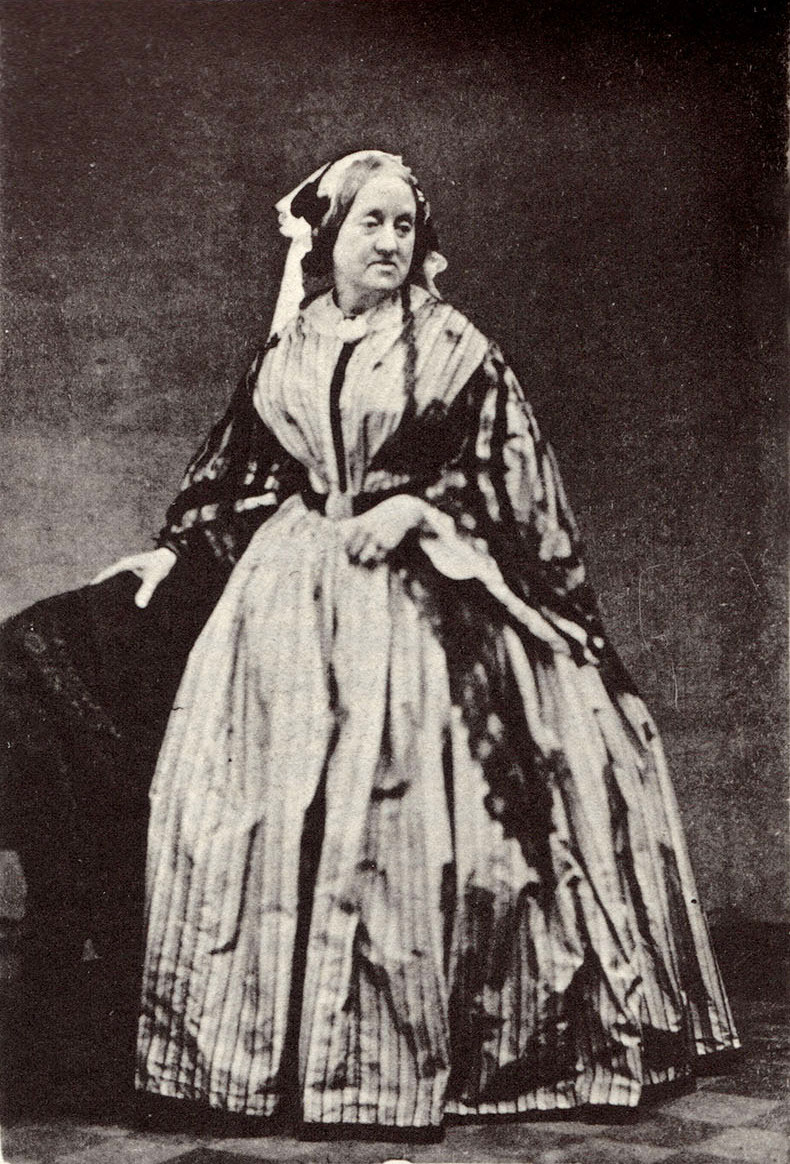Anna Atkins (1799-1871) was an English botanist and photographer best known for her early work in photography. She is widely regarded as the first female photographer and one of the art form's pioneers.
Anna Atkins was born on March 16, 1799, in Tonbridge, Kent, England, into a family with a strong interest in science and botany. Her father, John George Children, was a well-known chemist and mineralogist, which may have influenced her early interest in science.
Anna was educated in science, art, and natural history, which was unusual for a woman of her time. She developed a particular interest in botany and was well-versed in plant classification and study.
Anna Atkins worked with her father's close friend, Sir John Herschel, an astronomer and mathematician who had also made significant contributions to the early development of photography, in 1841. She adopted the cyanotype process, an early photographic technique that produces blue-toned images, after being inspired by Herschel's work.
Botanical specimens, such as ferns and seaweeds, were placed on light-sensitized paper and then exposed to sunlight as part of the cyanotype process. The areas that were not covered by the specimens turned blue, while the areas that were covered by the plants remained white. Anna Atkins used this technique to create a series of stunning and scientifically accurate photograms.
In October 1843, Anna released her most famous work, "Photographs of British Algae: Cyanotype Impressions." This three-volume collaboration with Anne Dixon featured over 400 cyanotype images of various algae species found along the British coast. It was the first book to be entirely illustrated with photographs. Only a few copies of the book are known to exist today, as each copy was hand-assembled.
Anna Atkins' work was not only artistic; it was also scientifically significant. The cyanotype images were a valuable resource for botanical documentation and classification, as well as an early example of photographic scientific illustration.
Despite her contributions to photography and botany, Anna Atkins received little recognition during her lifetime. Photography was still a new medium at the time, and her work was relatively unknown until recently.
Anna Atkins died on June 9, 1871, in Halstead, Kent, leaving behind a legacy as a pioneering female photographer and a prominent figure in photography and botany history. Her innovative use of the cyanotype process, as well as her dedication to scientific documentation through photography, are still admired and recognized by the art and science communities.
Selected Books on

